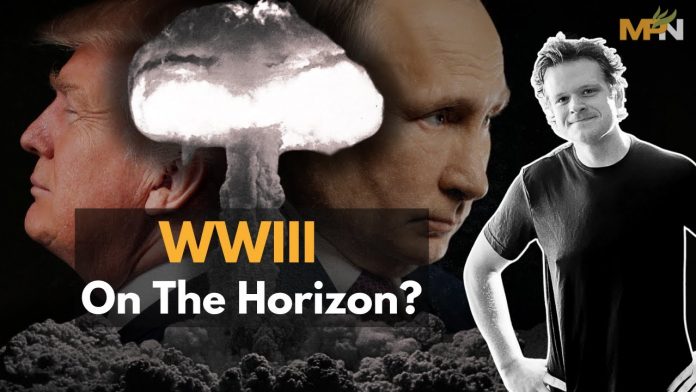President Joe Biden’s executive legacy will likely be marked by genocide, reckless great-power politics, massive and escalating deportation policies, and nuclear brinkmanship.
With two months remaining in office, the president has authorized the Armed Forces of Ukraine to employ ATACMS, a U.S. supersonic ballistic missile system, against Russian and North Korean military forces inside Russian territory.
The first strikes using ATACMS could occur within days. But why are these weapons significant for Ukraine?
It is no secret that Kyiv has been lobbying Washington to use ATACMS against targets in Russia for some time. However, President Biden is now under more pressure to give Ukraine an upper hand now that President-Elect Trump has repeatedly stated that he will seek a speedy end to the War, presumably at the expense of Ukrainian interests.
President Biden had previously prohibited the use of ATACMS within Russia, stating, “We’re trying to avoid World War III,” in response to President Vladimir Putin’s warnings that such actions would escalate the conflict. However, this policy shift appears to be a reaction to the influx of North Korean troops into Russia, reportedly fighting alongside Russian forces to reclaim territory lost during Ukraine’s Kursk offensive. There are concerns that Pyongyang could deploy up to 100,000 soldiers to support Russia’s efforts in Ukraine, potentially leading to a disastrous confrontation with NATO.
Despite alarmist narratives in corporate media, the deployment of North Korean troops would likely occur in rotations, similar to how other militaries cycle their forces.
The purpose of employing ATACMS is to target command and control centers, supply depots, and logistical hubs within Russia. This strategy aims to deter Pyongyang from providing substantial military reinforcements to the Russian army.
NATO continues to seek a short-term silver bullet fix to complex, enduring challenges. Ukraine is currently losing the war, losing ground in Kursk and the Donbas, and is facing a morale and recruitment crisis. Ballistic missiles do not hold ground, secure operational objectives, or sustain morale during a war of attrition. Like previous weapons packages, aid packages, and rules-of-engagement revisions, this new policy may serve as a minor obstacle to Russian advances or, at worst, prompt the Kremlin to escalate in unforeseen ways.
The tragedy of great-power politics lies in the reality that neither side will likely back down. Russia, after enduring a prolonged campaign, is in a strong position, while the United States and its NATO allies are unwilling to let the fighting end. A cessation of hostilities would discredit them, embolden geopolitical adversaries such as Russia, China, North Korea, and Iran, and strengthen the BRICS initiative, which directly challenges Western unipolarity.
While the use of ATACMS within Russia is unlikely to trigger an immediate global conflict, the alignment of geopolitical alliances is hardening, and the prospect of broader confrontation is becoming increasingly plausible. One sliver of hope lies in the limitations of the U.S. industrial base, which lacks the surge capacity for a major war. The bombs fueling the genocide in Palestine and the attritional conflict in Ukraine have exposed the weaknesses in the U.S. defense manufacturing sector.
How might a Trump presidency alter this equation? Join us on State of Play for an in-depth analysis of this escalating conflict and its potential flashpoints.
Greg Stoker is a former US Army Ranger with a background in human intelligence collection and analysis. After serving four combat deployments in Afghanistan, he studied anthropology and International Relations at Columbia University. He is currently a military and geopolitical analyst and a social media “influencer,” though he hates the term.
MintPress News is a fiercely independent media company. You can support us by becoming a member on Patreon, bookmarking and whitelisting us, and subscribing to our social media channels, including Twitch, YouTube, Twitter, and Instagram.
Subscribe to MintCast on Spotify, Apple Podcasts, and SoundCloud.
Also, check out rapper Lowkey’s video interview and podcast series, The Watchdog.
The post Escalation Flashpoint: Biden Approves Ukrainian Strikes Inside Russian Heartland appeared first on MintPress News.
